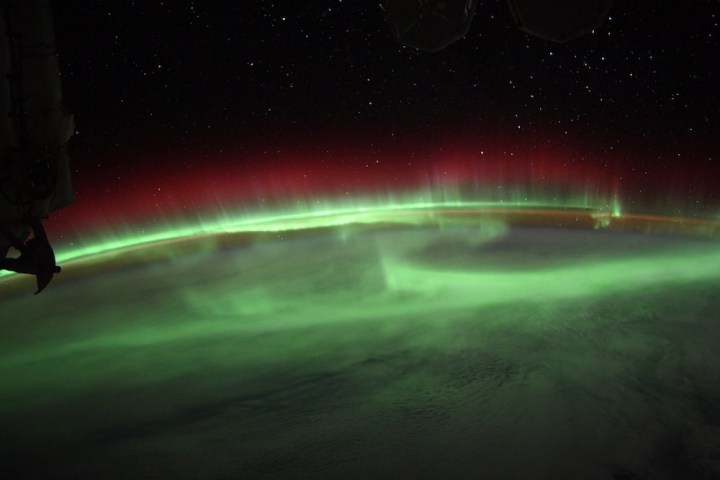
Besides working on a slew of science experiments in microgravity conditions, astronauts aboard the International Space Station (ISS) can also take time out to fully appreciate their enviable location some 250 miles above Earth.
During breaks, some ISS inhabitants make a beeline for the Cupola, the seven-window observatory that offers the best spot for taking in the stunning views of Earth. Indeed, it’s from there that recent visitor and photographer extraordinaire Thomas Pesquet captured many of his incredible images of our planet.
Following in Pesquet’s footsteps, NASA astronauts Bob Hines this week snapped some truly amazing images of a distant aurora.
“Absolutely SPECTACULAR aurora today!!!” tweeted Hines, who arrived at the ISS as part of the SpaceX Crew-4 mission in April. “Thankful for the recent solar activity resulting in these wonderful sights!”
Absolutely SPECTACULAR aurora today!!! Thankful for the recent solar activity resulting in these wonderful sights! pic.twitter.com/aOD45XSWaX
— Bob “Farmer” Hines (@Astro_FarmerBob) August 18, 2022
Auroras occur when particles from incoming solar storms strike gases in Earth’s atmosphere, with the collision often resulting in these gorgeous displays above Earth’s surface.
While astronauts aboard the space station do indeed have a privileged view of the phenomenon, the natural wonder can also be witnessed from the ground, with the best vantage points in places in the far north like Alaska, Canada, Iceland, Greenland, Norway, Sweden, and Finland. On the other side of the planet, in the far south, places like Tasmania and New Zealand offer the best view of an aurora.
Tweeting from terra firma, retired NASA astronaut Mike Fossum praised Hines for his series of shots, describing them as “awesome.”
Responding to Fossum, Hines revealed that the images are part of a set that a NASA team on the ground will use to create what promises to be a visually stunning time-lapse.
Hines has been sharing insights about his mission since reaching the space station four months ago. In May, he gave his Twitter followers a brief tour of Boeing’s Starliner capsule after it docked at the ISS during a key test flight.

